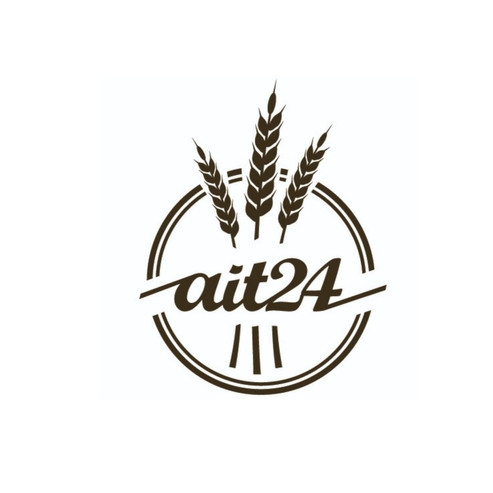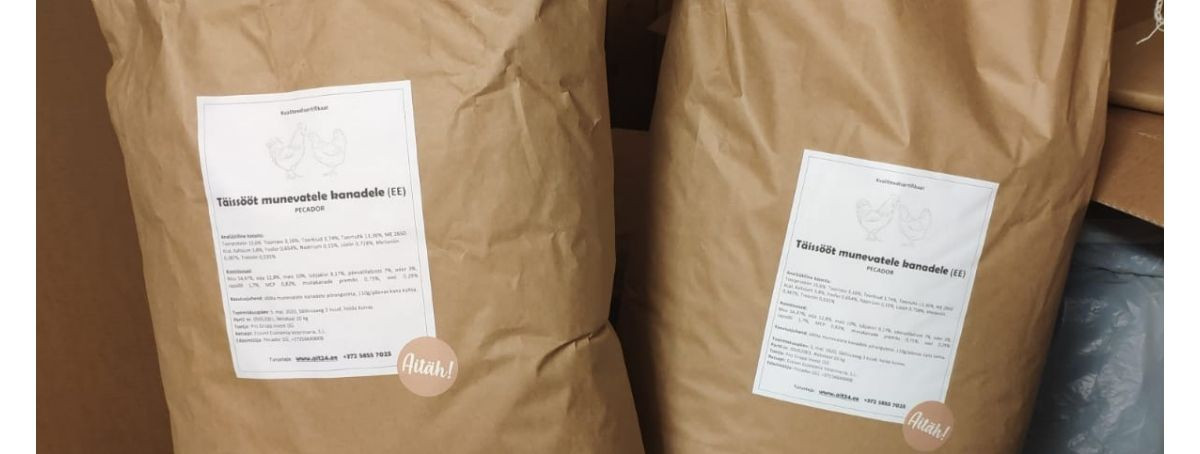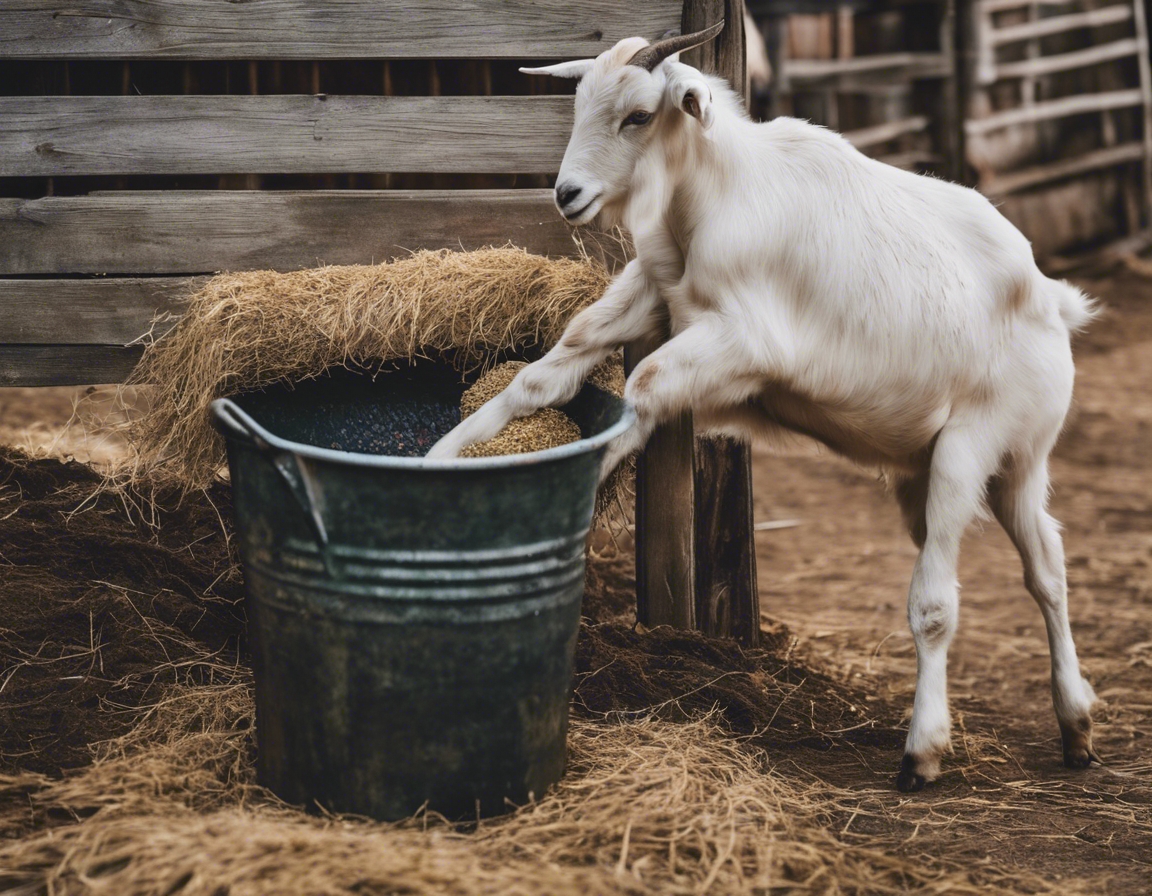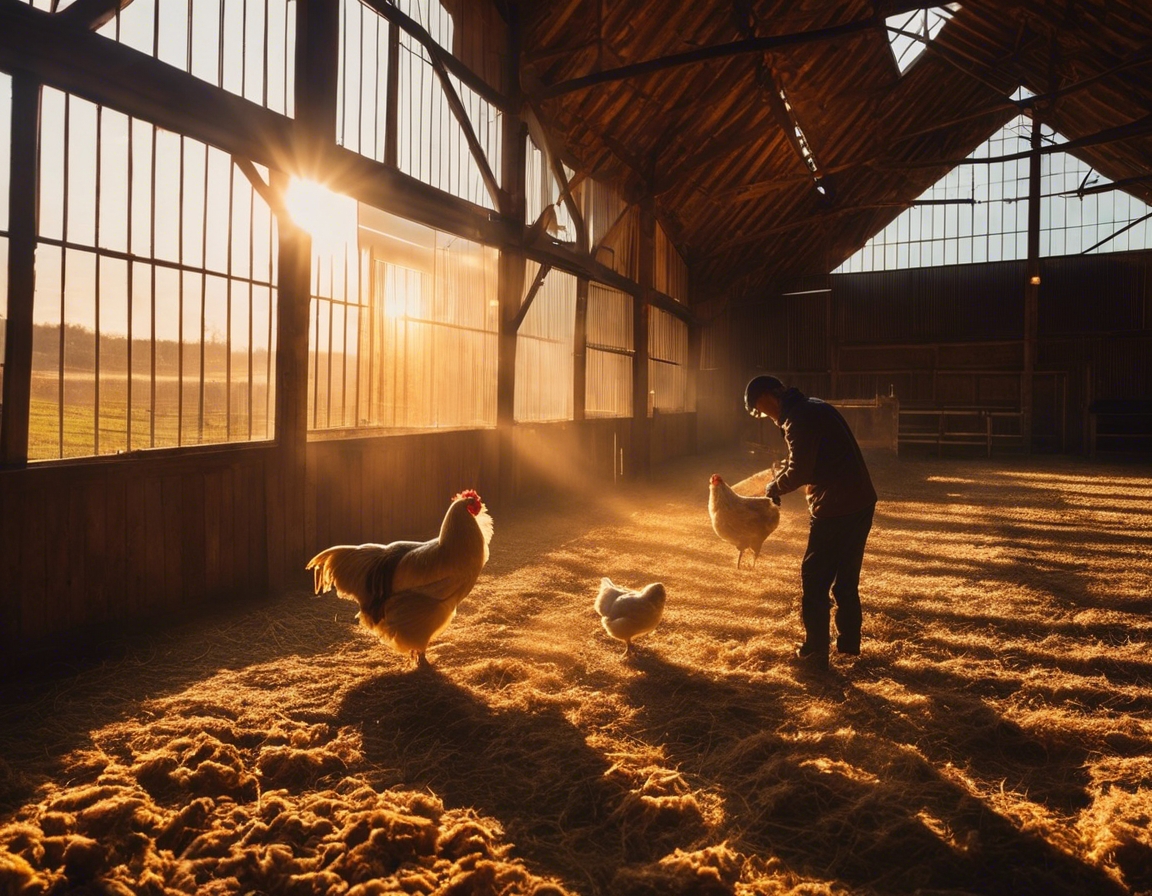The benefits of locally produced animal feed
Local feed production involves the creation of animal feed within a close geographic proximity to where it will be used. This process emphasizes the use of local resources, including grains, proteins, and minerals, to formulate feeds that are tailored to the specific needs of the animals in that region.
Locally produced feed plays a crucial role in the agricultural ecosystem by fostering a more integrated and self-sufficient farming community. It connects farmers, feed producers, and the local environment in a symbiotic relationship that benefits all parties involved.
Advantages of Locally Produced Animal Feed
Feeds produced locally are often fresher and contain higher levels of nutrients. This is because they are processed and consumed within a shorter time frame, reducing the likelihood of nutrient degradation that can occur in feeds that are transported over long distances.
Choosing local feed supports the local economy by keeping money within the community and providing jobs. It also fosters relationships between farmers and feed producers, which can lead to better service and product offerings.
Local feed production reduces the need for long-distance transportation, which in turn lowers greenhouse gas emissions and contributes to a smaller carbon footprint for the farming operation.
Animals benefit from fresher feed, which can lead to better health and well-being. Fresh feed is more palatable and digestible, which can improve feed conversion rates and overall animal performance.
Local feed can be customized to meet the specific dietary requirements of the livestock in the area. This is particularly important for animals with unique nutritional needs or for farms practicing specialized breeding.
When feed is produced locally, farmers have greater visibility into the production process and can verify the quality and safety of the feed. This transparency builds trust and ensures that animals are receiving the best possible nutrition.
Local Feed and Animal Health
Locally produced feed is often more digestible due to its freshness and the use of high-quality ingredients. This can lead to improved gut health and a stronger immune system in animals.
Healthy animals are productive animals. With better nutrition from local feed, livestock can exhibit increased growth rates, higher milk yields, and better reproductive performance.
High-quality local feed can help prevent the spread of diseases by reducing the risk of contamination that can occur during transportation and storage of imported feeds.
Local Feed and Sustainability
Local feed production is often part of a larger sustainable farming approach that includes crop rotation, soil conservation, and responsible resource management.
By minimizing transportation and promoting efficient use of local resources, local feed production can significantly reduce the carbon footprint of farming operations.
Using a variety of local crops for feed production can encourage biodiversity, which is beneficial for the soil, local wildlife, and the overall health of the ecosystem.
Challenges and Considerations
While local feed has many benefits, it may not always be readily available in all areas. Farmers may need to work with local producers to ensure a consistent supply.
Depending on the scale of production and the availability of local ingredients, the cost of locally produced feed can vary. However, the long-term benefits to animal health and productivity can offset initial costs.
Ensuring the quality of locally produced feed is essential. Farmers should seek out reputable producers who can provide detailed information about their feed formulations and quality control processes.






Comments (0)